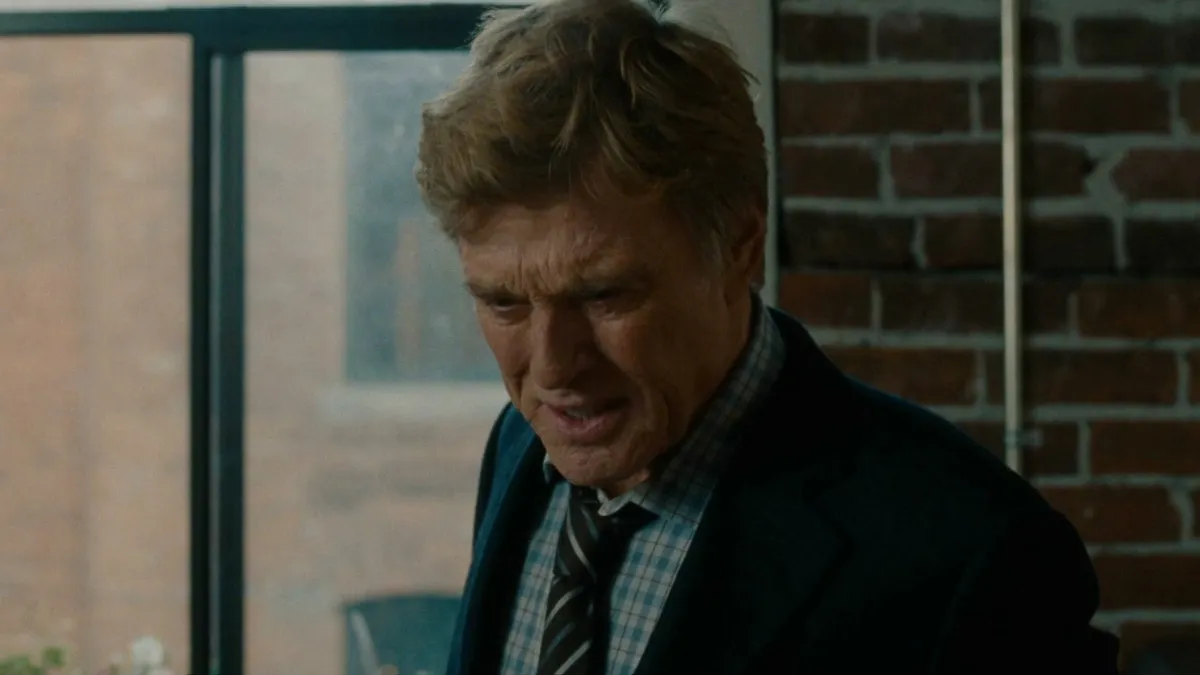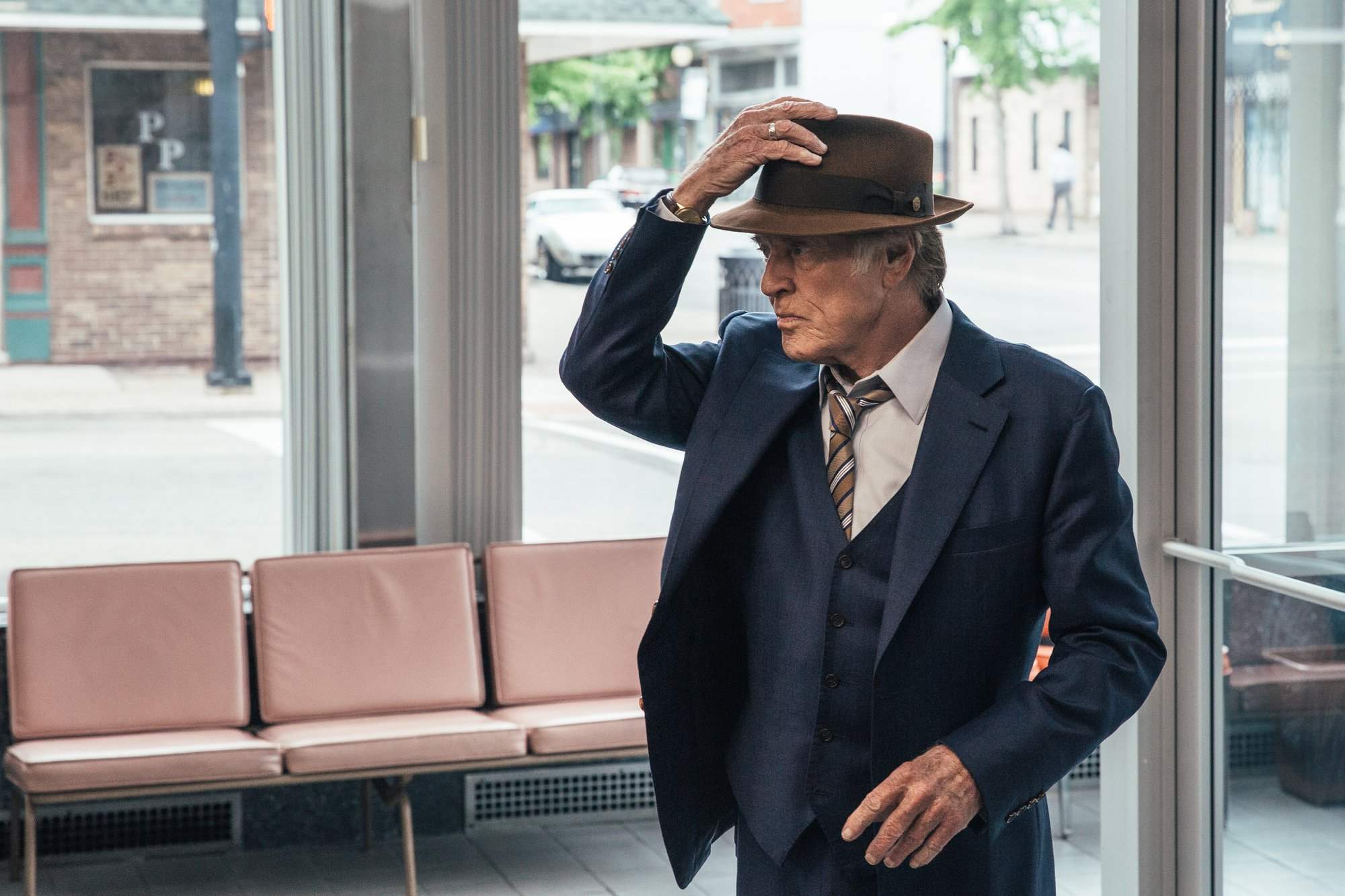Robert Redford’s journey from a polio survivor to a Hollywood icon is as dramatic as any of the roles he’s portrayed on screen. Known for his charismatic performances and visionary filmmaking, Redford’s life off-camera is marked by personal trials that shaped his career and inspired his contributions beyond the silver screen.

A Brush with Polio: Redford’s Childhood Ordeal
At the tender age of 11, Robert Redford faced a health scare that would terrify any family: polio. The disease, which had the United States in its grip before the Salk vaccine, was a pervasive threat during Redford’s childhood. In a revealing interview with NPR’s Terry Gross, Redford shared insights into his battle with polio, describing it as a mild case that nonetheless required two weeks of bedrest.
It wasn’t an iron lung case, but it was severe enough to put me in bed for two weeks.
This experience, occurring in an era when “all you saw were people in iron lungs,” left a significant imprint on the young Redford. While his encounter with the disease was less severe compared to many others, the psychological shadow of polio loomed large, sparking a lifelong appreciation for health and resilience.

Hollywood Dreams and Cinematic Achievements
Despite these early challenges, Redford’s career trajectory was nothing short of stellar. After making a name for himself in films like The Sting and The Horse Whisperer, and playing a pivotal role in Marvel’s Captain America: The Winter Soldier, Redford also became a driving force behind the scenes. His directorial ventures, particularly the Oscar-winning Ordinary People, and his founding of the Sundance Film Festival, underscored his commitment to the arts and young filmmakers.
Redford’s accolades are numerous, yet his journey was dotted with personal losses and challenges, adding a complex layer to his public persona. His ability to transform these trials into artistic expression is perhaps what resonates most with his audience.
Paying Homage to a Lifesaver: Jonas Salk
One of the most poignant aspects of Redford’s legacy is his tribute to Jonas Salk, the developer of the polio vaccine. Understanding firsthand the terror of the polio epidemic, Redford directed a segment of the documentary series Cathedrals of Culture, highlighting the Salk Institute for Biological Studies. This gesture was more than a nod to architectural beauty; it was a heartfelt thank you to the man who had indirectly saved countless lives, including potentially his own.
Located in La Jolla, California, the Salk Institute stands as a testament to innovation and human perseverance—qualities that Redford himself admires and embodies.
I did not grow up far from the place where the building was made.

Legacy and Reflection
Now retired, Robert Redford’s impact on film and culture remains indelible. His experiences, from his brush with polio to his cinematic contributions, paint a portrait of a man who not only survived adversity but thrived through it, enriching the world with his artistic vision. As Redford once reflected on his past, the blend of personal trials and professional triumphs continues to inspire both those who know him and those who admire him from afar.
In an era where celebrities often keep personal struggles private, Redford’s openness about his polio scare offers a rare glimpse into the vulnerabilities that exist behind public figures. It’s a reminder of the human spirit’s capacity to overcome and to transform personal pain into a collective gain, a theme that is timeless and universally resonant.